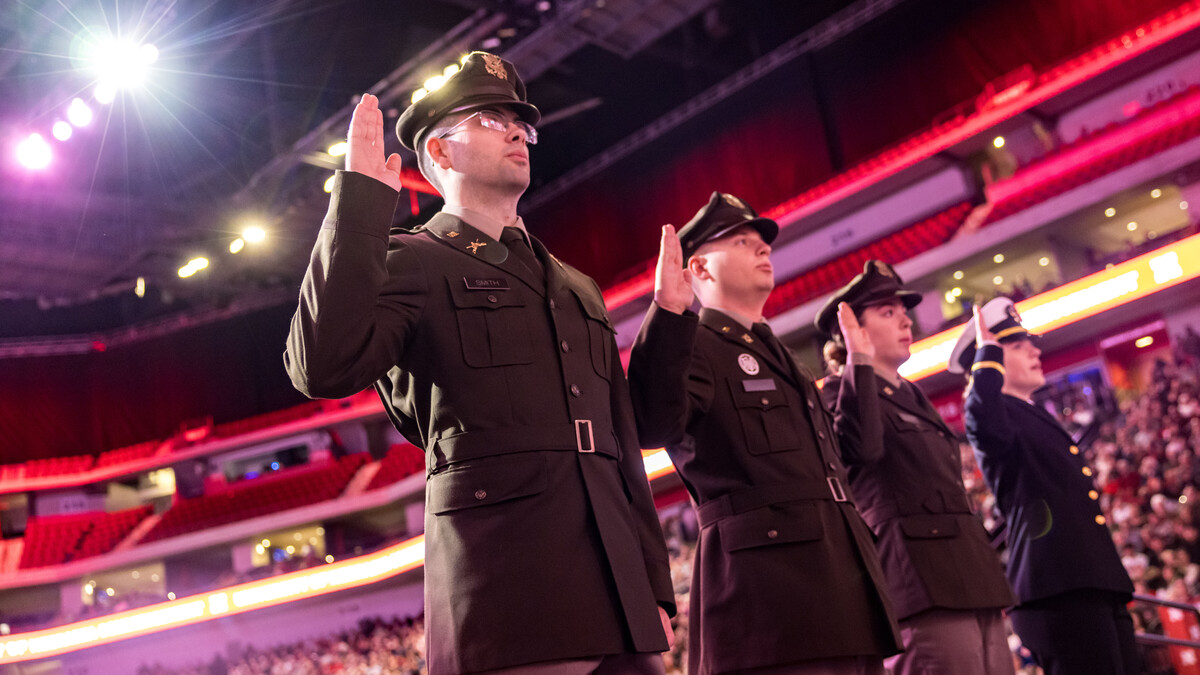
For the past decade, Lisa Pennisi’s Environmental Education and Interpretation students have spent a portion of the class creating educational material or holding events that will draw the next generation of students to pursue their interests in sciences, technology, engineering, arts and math — a STEAM education.
In previous years, the Backpacks for Adventure project allowed children who utilize Title 1 Lincoln Public Schools Community Learning Centers to check out and return backpacks that included activities and lessons.
This pandemic year, Pennisi wanted her fall semester students to create something that those children could keep. Soon, over 100 “STEAM Sacks” will be delivered from the University of Nebraska–Lincoln’s School of Natural Resources to children by Community Learning Centers coordinator Kathy Phillips.
The sacks feature thematic educational material developed by teams of two NRES 434/834 students. Graduate student Ann Spilker and undergraduate student Taryn Hohenbary, for example, created a STEAM experience for fourth through sixth grade students centered around Nebraska’s native insects. A student who receives their bag would open it to find sheets that show the life cycles of Nebraska native insects, an acronym worksheet and coloring book, instructions to help them build origami bugs and more. To help them complete the various activities, Spilker and Hohenbary included an array of materials, from crayons to pipe cleaners to Play-Doh.
“I think that children especially love doing activities that give them opportunities to get creative and make something with their own hands,” Spilker said. “These STEAM sacks teach them a nature or science lesson but also include several hands-on activities where they can explore those science concepts and create something themselves. The hope is that the students who receive these STEAM sacks will be inspired by the science lessons and that they may become passionate enough to pursue degrees or careers in the natural science fields.”
STEAM is an educational approach that includes the arts along with the widely known STEM curriculum. Hohenbary said that art is not only an important outlet for creatively inclined students, but also a tool that can raise awareness for important STEM topics.
“As a child, art was one of my favorite subjects in school,” she said. “I once participated in a poster drawing contest all about water usage, and to this day it is one of the most prominent environmental lessons in my memory of elementary school.”
Both Spilker and Hohenbary said that they hope that, along with providing a creative educational outlet, the students who receive this year’s STEAM Sacks feel cared for.
“The COVID-19 pandemic has been hard on all of us, and I hope the students see these STEAM sacks as a gift and chance to learn something and have fun,” Spilker said.
“Students all over the world have been rockstars through this whole pandemic, and I hope that these STEAM Sacks can make some of the students in our community feel even half as awesome as they actually are,” Hohenbary added.







